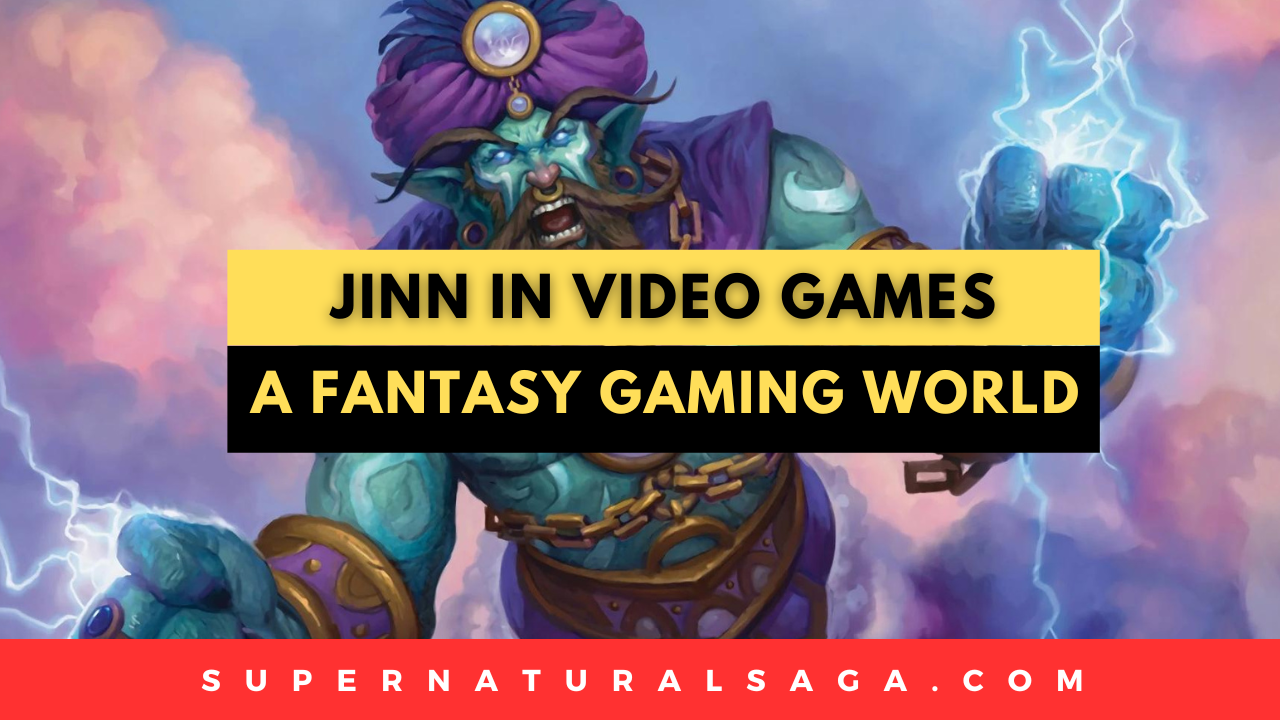Jinn are supernatural creatures in Islamic and Arabic folklore that possess free will like humans and can be good, evil, or neutrally benevolent.
Increasingly, jinn have become interwoven into fantasy video game worlds, offering players an exciting portal into Eastern mythology and a chance to battle mischievous jinn.
This blog post explores how video games incorporate jinn themes, characters, and abilities into gameplay and storytelling.
The World of Jinn in Video Games
In video games, jinn provide a bridge between mystical Middle Eastern lore and Western fantasy gaming tropes. Jinn can be mapped onto existing classifications like mages, warriors, rogues, or tanks.
Their mystical powers also enable unique gameplay mechanics. Western games like World of Warcraft feature jinni as wish-granting NPCs.

But Arabic-themed games like Prince of Persia delve deeper into jinn lore. The evil spirit antagonist Ahriman is inspired by Iblis, the jinn who refused to bow to Adam.
Eastern games designed in the Middle East spotlight jinn as central characters, not just exotic additions. These games aim for cultural authenticity, distinguishing between good jinn, ifrits, and marids.
Each has different powers that influence gameplay battles, quests, and more. Respectful representation enables players worldwide to appreciate jinn beyond Westernized genies.
Notable Video Games Featuring Jinn
Several landmark fantasy video games place jinn at the heart of their virtual worlds.
Prince of Persia (1989) was one of the first to feature a jinni character in a prominent role. Ahriman is a powerful ifrit adversary who clashes with the protagonist during time manipulation quests.
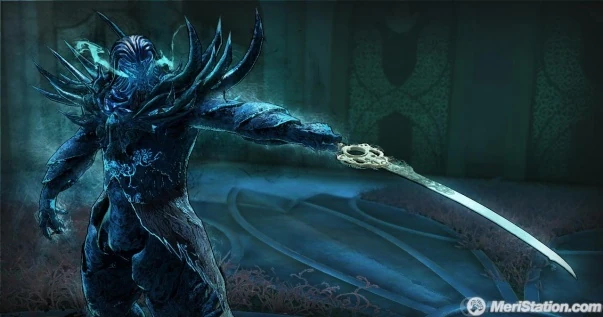
Legacy of Kain: Soul Reaver (1999) incorporated jinn as spectral inhabitants of the spectral realm. The player battles these dangerous jinn to drain their health.

Genies and Gems (2008) stars a mischievous jinni named Bashir who loves jewels. Players advance by collecting gems and solving puzzles.
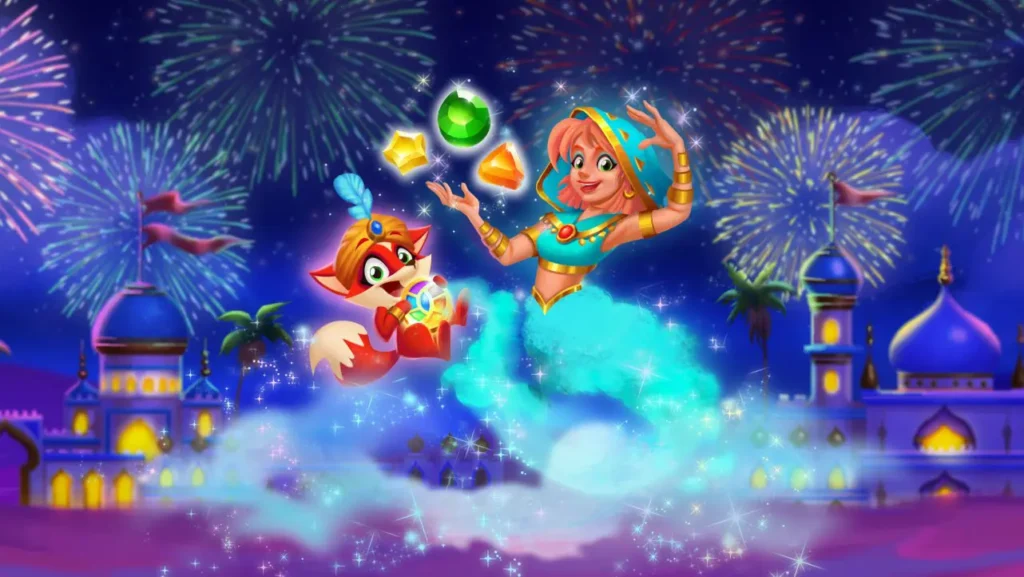
Golden Axe: Beast Rider (2008) features evil jinn enemies that attack the protagonist with magic spells during combat events.
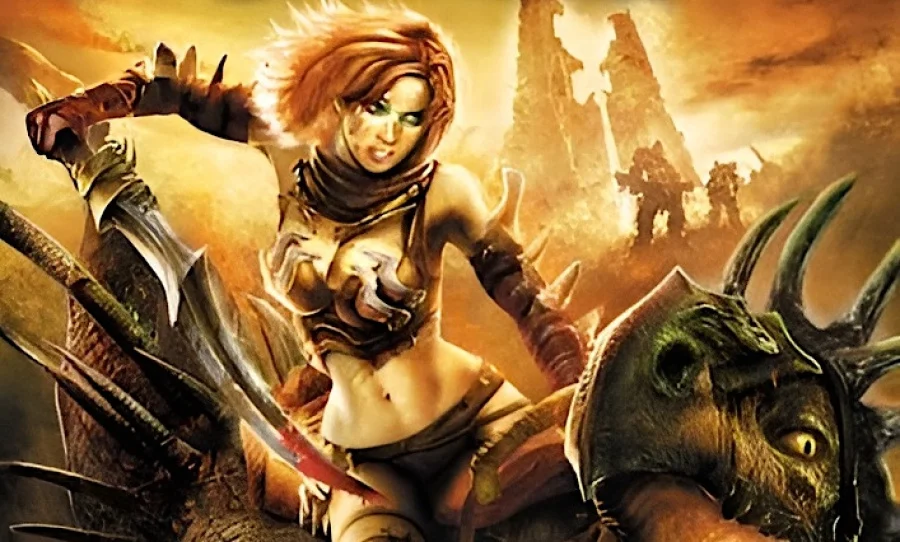
These games demonstrate the range of jinn roles beyond wish granting, from spectral spirits to magical foes. Their presence adds depth to fantasy gaming lore and mechanics.
Role and Function of Jinn in Video Games
Jinn have multifaceted roles in video game storytelling and gameplay.
As characters, they may be allies, enemies, mentors, or bounty targets. Jinn quest givers add an exotic Middle Eastern flavor to standard side quests.
Their rich backstories and motivations add narrative complexity.
Game developers leverage jinn abilities like invisibility, shape-shifting, and magical powers to create novel gameplay elements. Jinn foes force players to strategize during combat, while benevolent jinni bestow magical items and abilities.
Overall, jinn infuse Eastern mysticism into Western fantasy gaming conventions.
Their rich lore provides endless possibilities for deep worldbuilding. Jinn protagonist and companions also foster empathy and cultural appreciation in players.
Respectful jinn inclusion creates an immersive gateway to understanding Arabic traditions through interactive entertainment.
The Cultural and Artistic Significance
Responsibly represented jinn characters allow video games to boost cultural awareness. They catalyze interest in studying Eastern mythology and Djinnology.
Players gain exposure to supernatural Middle Eastern and Islamic folklore rarely spotlighted in mainstream entertainment.
Video games also have artistic potential for remixing jinn lore with fantasy gaming innovations.
The world’s first Arabic-themed MMORPG could redefine RPG classes based on marid powers. An open-world action-adventure game based in ancient Middle Eastern cities rife with jinn quests would attract global audiences.
However, cultural sensitivity is paramount. Stereotypical jinn tropes like wish-granting genies and evil mystics can perpetuate harmful stereotypes if not handled carefully.
Game studios should involve cultural consultants and draw from scholarly Djinnology texts when incorporating jinn. This preserves artistic freedom while respecting culture and history.
Challenges and Controversies
Portraying jinn in video games has sparked some cultural controversies. Critics argue casual jinn inclusion trivializes complex beliefs.
For instance, superficially labeling antagonists as “ifrits” or “marids” disrespects traditions.
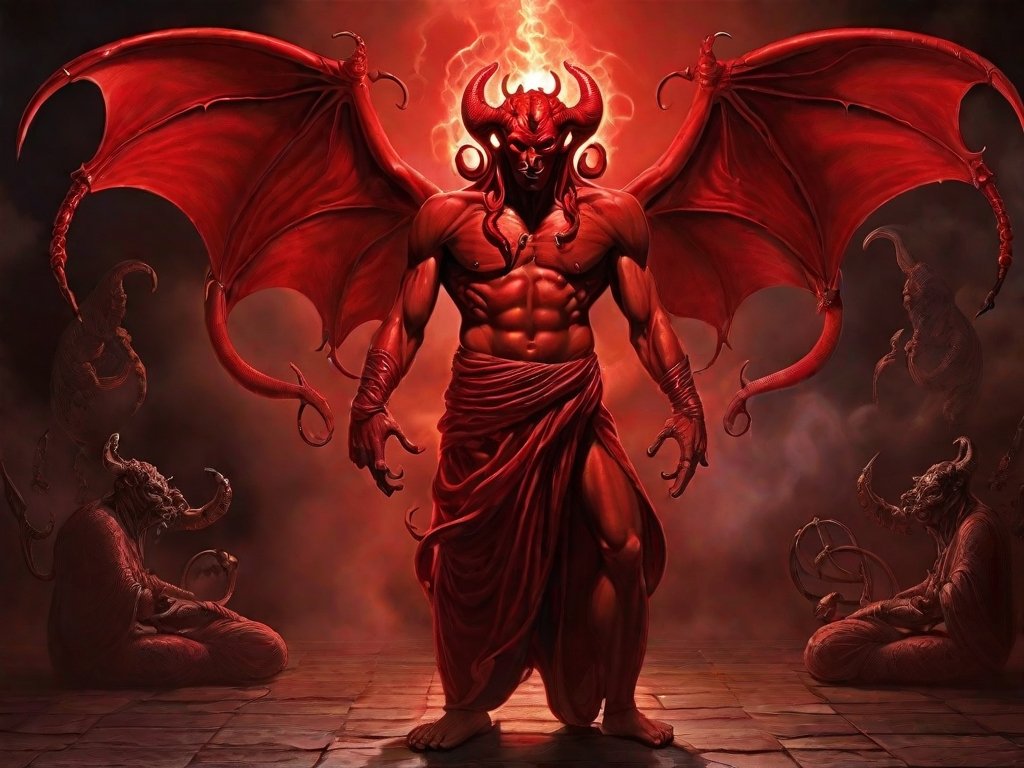
Controversy also arises when jinn characters wear sexually revealing clothing contrary to cultural norms. While creative liberty is important, representation should avoid cultural insensitivities.
Another challenge is differentiating between respectful appreciation versus appropriation.
Video game developers must ensure jinn elements organically enrich their fantasy worlds rather than just provide exotic window-dressing. Design choices should emphasize appreciation, not appropriation.
Overall, honest collaboration with cultural consultants, historians, and religious scholars is the path forward. This allows innovation within ethical bounds.
Player Experience and Immersion
Immersive jinn themes significantly enhance gameplay for fans of high fantasy games.
The supernatural abilities of these shapeshifting tricksters introduce creative combat and story dynamics that keep gameplay exciting.
Unpredictable jinn characters like wish-twisting genies add whimsical humor to offset darker themes. Seeing jinn powers manifest in-game, like summoning a raging ifrit, heightens fantastical escapism. Exploring jinn-filled Arabian Nights cities steeped in magic deepens world immersion.
These exotic elements also psychologically impact players on a deeper level. Respectful exposure to foreign mythology creates empathy and moral complexity.
For example, a jinn companion who mentors the protagonist due to a shared history of oppression fosters understanding. Nuanced jinn characterization within fantastic realms amplifies reflective storytelling.
Conclusion
Jinn offer limitless potential at the intersection of Eastern folklore and Western fantasy gaming. Their rich mythology provides game studios immense creative freedom to craft novel worlds, abilities, quests, and allies. Yet cultural representation brings major responsibilities.
Moving forward, developers should collaborate with Middle Eastern partners to inject jinn themes authentically. Jinn can then powerfully showcase Arabic cultural heritage through cutting-edge interactive entertainment that crosses global divides.
Ultimately, video games possess immense untapped potential to bring jinn lore to life in ways that engage mass global audiences and inspire cross-cultural curiosity.

